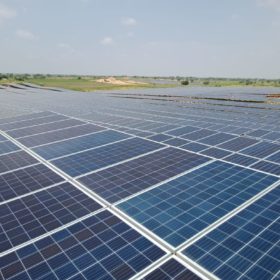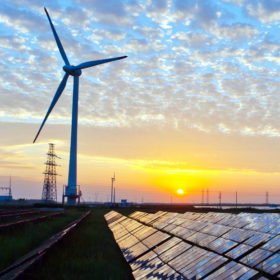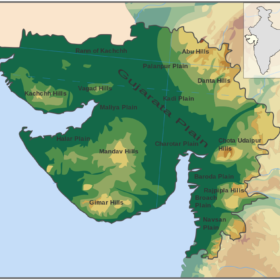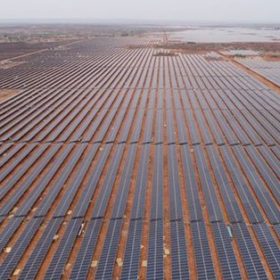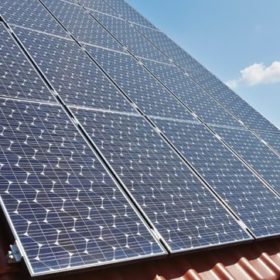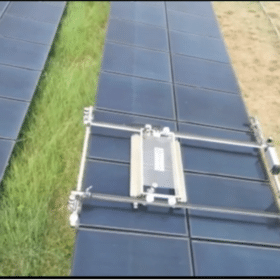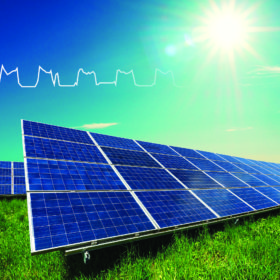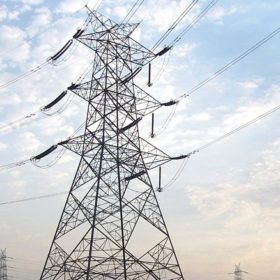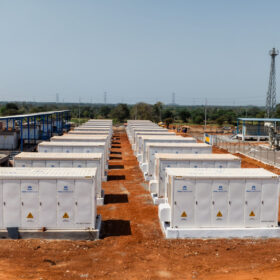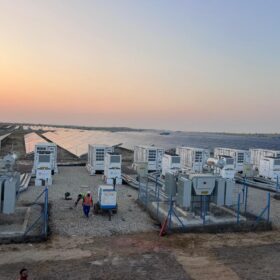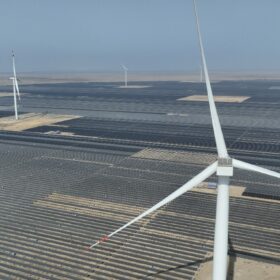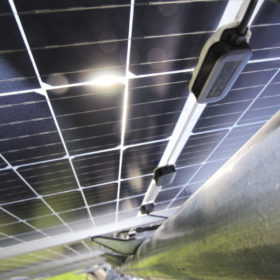Guidelines issued for feeder-level solar plant installation under PM KUSUM Scheme
The Distribution Companies (DISCOMs) shall be the implementing agency for agricultural feeder-level solar plants and shall incentivize farmers for consuming power below the benchmark consumption for their area—an important measure for conserving groundwater level.
IEX launches new contracts to enable renewable energy trade on the same day and up to 11 days ahead
The two newly introduced green contracts, daily and weekly, are in addition to already operational intra-day and day-ahead contingency contracts in the green market.
Gujarat tenders for 159 MW of solar EPC work
EPC contractors have until December 24 to bid for development of a cumulative 140 MW (AC) solar capacity across Gujarat Energy Transmission Corporation Limited’s substations, and 15 MW plus 4 MW (AC) at Charanka Solar Park.
SJVN seeks installers for at least 100 MW of solar
The state-owned hydropower producer has issued an Expression of Interest (EoI) to select potential engineering, procurement and construction (EPC) service partners for building solar capacity of at least 100 MW (AC) anywhere in India on a turnkey basis.
INR 2.0/kWh tariff is a new milestone in Indian solar PV history
The minimum solar tariffs discovered fell by 131.5% over the last five years, with an 18% drop achieved in the last five months alone.
Hybrid power solutions using solar with grid take off in India
A recent GOGLA report indicates an increasing trend towards hybrid power solutions that integrate DC solar with AC grid power, and appliances that integrate both AC and DC power. In particular, the sales of hybrid solar inverter UPS in India is growing at 25% annually, much faster than conventional inverters’ 10% annual market growth.
Solar panel cleaning startup Solavio Labs selected into Canadian accelerator program
The Coimbatore-based startup has designed an autonomous solar panel cleaning bot with a modular design, making it compatible with almost any structure, mounting area, or climatic condition.
CERC calls for proposals to study useful life and CUF of solar projects
The regulator has sought a detailed study after it received requests for reconsidering the useful life and capacity utilization factor (CUF) of solar projects as notified in draft regulations 2020.
ADB to provide $563-million loan to improve electricity supply in Uttar Pradesh, Meghalaya
Uttar Pradesh will get $430 million to upgrade distribution lines in rural areas and construct a parallel network of 11-kilovolt feeders spanning 17,000 km to separate electricity distribution between residential and agriculture consumers. The $132.8-million loan approved for Meghalaya will be used for the installation and upgradation of substations, distribution lines, etc.
The market for hybrid energy and storage
“Efficient and economically viable energy storage, and optimal hybridization, are crucial for ensuring the expansion of renewable power generation both at the grid and micro-grid scale,” says Deepak Thakur, chief executive officer for the hybrid and energy storage business of Sterling and Wilson. He has spoken to pv magazine about the accelerated proliferation of renewables-plus-storage across markets.

